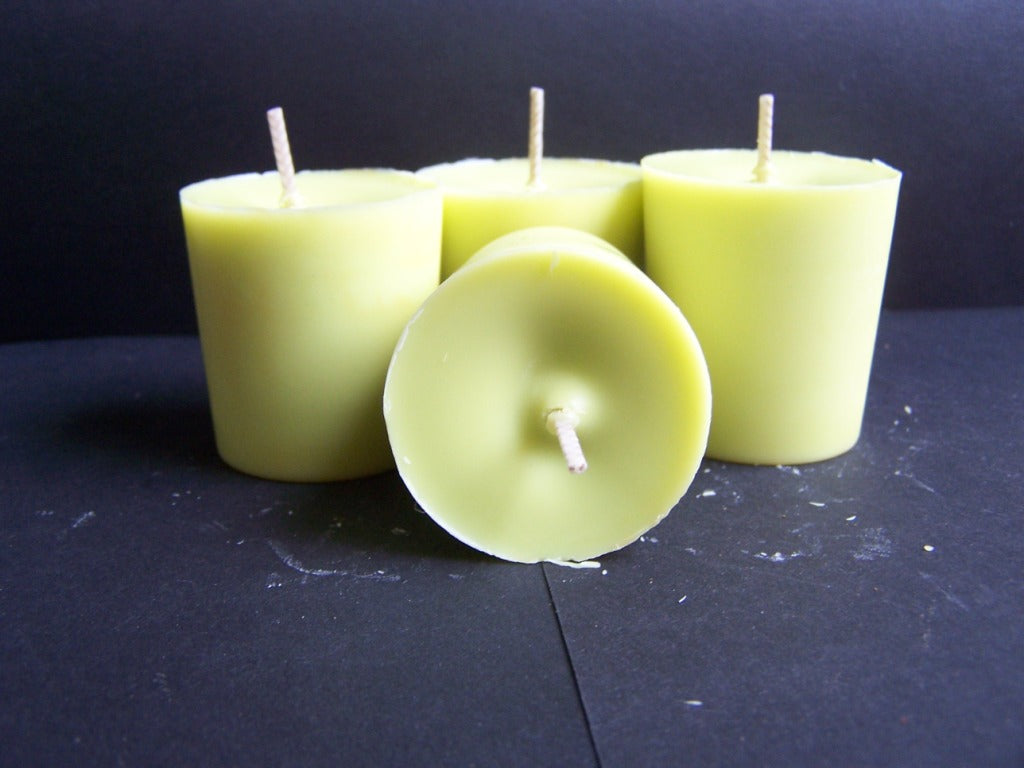Shop Sustainable Soy Wax Candles and Home Fragrance Collections
Shop Sustainable Soy Wax Candles and Home Fragrance Collections
Blog Article
From Wick to Wax: Comprehending the Chemistry Behind Soy Wax Candles and Their Ecological Effect
As we illuminate our areas with the warm radiance of candle lights, there lies a world of elaborate chemistry behind the seemingly easy act of lighting a soy wax candle light. The selection in between soy and paraffin wax prolongs past simple aesthetics, diving into the world of environmental impact and the very structure of the products. Comprehending the molecular structure of soy wax and its combustion procedure sheds light on the emissions launched into our environments. Join us as we untangle the clinical complexities behind soy wax candles and explore their effects on our atmosphere.
Soy Wax Vs. Paraffin Wax
When contrasting soy wax and paraffin wax for candle production, it is important to comprehend the distinctive qualities and benefits of each product. Soy wax is a natural, renewable energy acquired from soybean oil, making it environment-friendly and eco-friendly - crystal soy candles. On the other hand, paraffin wax is a by-product of petroleum refining, which elevates issues regarding its environmental effect and sustainability
Soy wax candle lights melt cleaner and send out much less residue contrasted to paraffin wax candles, making them a much healthier selection for interior air quality. Furthermore, soy wax has a lower melting factor, enabling a longer-lasting candle that distributes fragrance better. Paraffin wax, on the other hand, tends to burn faster and much less cleanly, potentially launching damaging chemicals right into the air.
From a sustainability perspective, soy wax is preferred for its biodegradability and sustainable sourcing, straightening with the growing customer preference for eco mindful products. While paraffin wax has been a standard choice in candle light making due to its price and ease of usage, the shift towards eco-friendly options like soy wax is acquiring momentum in the market.
Chemical Composition of Soy Wax

Burning Process in Soy Candles
The chemical make-up of soy wax straight influences the burning procedure in soy candles, impacting factors such as burn time, fragrance release, and ecological effect. When a soy candle light is lit, the warm from the fire thaws the wax near the wick.
The burning efficiency of soy candles is affected by the purity of the soy wax and the high quality of the wick. A clean-burning soy candle light with an effectively sized wick will minimize and produce a steady fire residue development. This not just prolongs the melt time of the candle light however likewise boosts the launch of scents. In addition, soy wax candle lights have a lower ecological impact contrasted to paraffin candles due to their naturally degradable and renewable nature.

Ecological Advantages of Soy Wax

Taken into consideration a lasting alternative to traditional paraffin wax, soy wax uses remarkable ecological advantages that make it a prominent selection among eco-conscious consumers. One considerable benefit of soy wax is its sustainable sourcing. about his Soy wax is stemmed from soybean oil, which is primarily grown in the USA. The cultivation of soybeans aids support local farmers and minimizes the dependency on non-renewable nonrenewable fuel sources utilized in paraffin wax manufacturing. Additionally, soy wax is eco-friendly, indicating it breaks down naturally without launching hazardous contaminants into the setting. This particular makes soy wax candle lights an extra ecologically friendly choice contrasted to paraffin wax candles, which are made from petroleum, a non-renewable resource. Additionally, soy wax burns cleaner and produces less residue than paraffin wax, adding to better indoor air quality and minimizing the need for cleaning and click over here now upkeep. Overall, the ecological advantages of soy wax line up with the growing need for eco-friendly and sustainable products in the marketplace.
Recycling and Disposal Factors To Consider
Reusing and proper disposal of soy wax candles play a vital role in keeping ecological sustainability and reducing waste in neighborhoods and households. When it pertains to reusing soy wax candle lights, the very first step is to ensure that the candle light has actually burned entirely. This can be attained by allowing the candle light to burn until the wick is no much longer usable, and after that letting the continuing to be wax cool and solidify. As soon as the wax has strengthened, it can be very carefully eliminated from the container.

In terms of disposal, if recycling is not an option, soy wax candle lights are eco-friendly and can be securely disposed of in many home waste systems. It is always recommended to examine with local recycling centers or waste administration services for particular guidelines on candle light disposal to make sure appropriate handling and environmental security.
Conclusion
In final thought, the chemistry behind soy wax candles discloses their environmental benefits over paraffin wax candle lights. Soy wax, originated from soybean oil, burns cleaner and creates much less residue when compared to paraffin wax. The burning process in soy candles is more reliable, causing a longer and more also burn. Furthermore, soy wax is eco-friendly and biodegradable, making it a more sustainable choice for candle light manufacturing. Reusing and appropriate disposal of soy wax candles additionally contribute to their environmental effect.
When contrasting soy wax and paraffin wax for candle production, it is important to recognize the distinct attributes and benefits of each material (home fragrance).Soy wax candles shed cleaner and send out much less residue compared to paraffin wax go to website candle lights, making them a much healthier selection for interior air quality.Thought about a lasting option to typical paraffin wax, soy wax offers notable environmental benefits that make it a preferred selection amongst eco-conscious customers. Soy wax burns cleaner and creates less residue than paraffin wax, contributing to far better indoor air top quality and lowering the need for cleansing and maintenance.In final thought, the chemistry behind soy wax candles reveals their environmental advantages over paraffin wax candles
Report this page